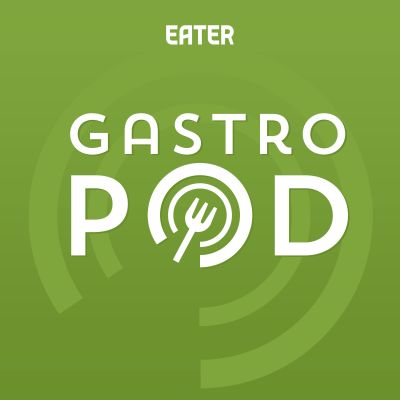Food with a side of science and history. Every other week, co-hosts Cynthia Graber and Nicola Twilley serve up a brand new episode exploring the hidden history and surprising science behind a different food- or farming-related topic, from aquaculture to ancient feasts, from cutlery to chile peppers, and from microbes to Malbec. We interview experts, visit labs, fields, and archaeological digs, and generally have lots of fun while discovering new ways to think about and understand the world through food. Find us online at gastropod.com, follow us on Twitter @gastropodcast, and like us on Facebook at facebook.com/gastropodcast.
https://gastropod.com/
The Magic Cube
You could call it the Swiss Army knife of the kitchen: bouillon is a handy ingredient, whether it comes as bottled brown gloop, or a cube wrapped up in shiny foil like a tiny present. Today, cooks around the world rely on this secret ingredient to add depth, flavor, and umami to their cooking. It wasn’t always so; like many of today’s packaged shortcuts, condensed bouillon got its start in the 1800s, when nutrition science was just taking off. How did the (mistaken) discoveries of a German chemist pave the way for these umami bombs—and what is umami anyway? How did bouillon brands like Maggi and Knorr become part of national dishes as far afield as Nigeria, India, and Mexico? And how did the invention of these early "essences of meat" lead to the creation of the love-it-or-hate-it spreads Marmite and Vegemite? Listen in now for all that, plus a matriarchal subterranean master race with electrical superpowers!
Learn more about your ad choices. Visit podcastchoices.com/adchoices
